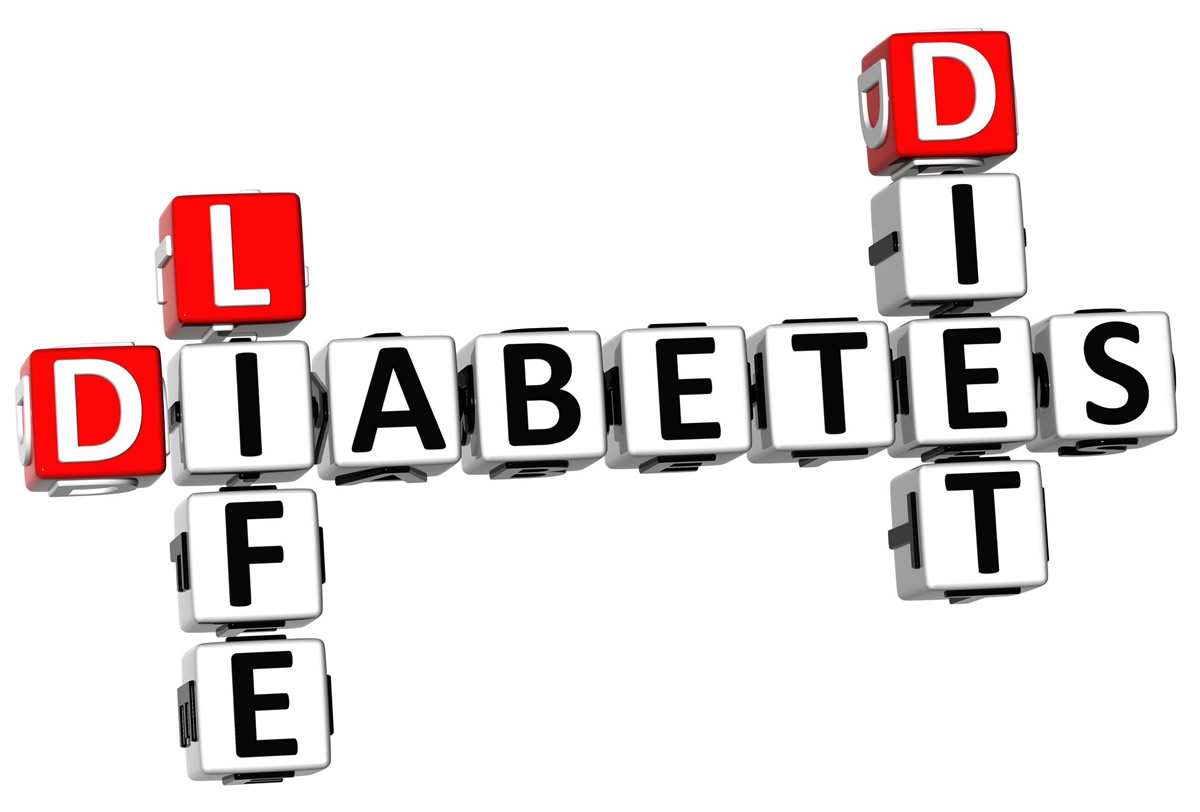‘Diabetes and well-being’ is the theme for World Diabetes Day 2025.

Diabetes is one of the leading causes of death in the country. A large number of people with diabetes, particularly in urban areas, are undiagnosed and unaware of their condition. The number of SA adults with diabetes are soaring.
What is diabetes?
Diabetes is an illness that affects the way our body processes and thus uses food.
Most of the food we eat changes into glucose or sugar. Blood glucose not only comes from the food we eat, but the liver also makes glucose. Glucose collects in our blood. We call it blood sugar. Our body uses this sugar as energy or fuel. Our brain, heart and muscles use glucose to work correctly when we are not diagnosed with Diabetes.
Our body needs to get the glucose from the blood into the cells to use it. The pancreas is an organ near the stomach that makes insulin. Insulin is like a key that opens the doors to the cells of the body. It helps glucose get into the body's cells. When you have diabetes, your body either doesn't make enough insulin or it can't use the insulin that it makes. This means that the glucose stays in your blood and doesn’t get into the cells where needed. We call this high blood sugar or diabetes.
Lots of glucose in the blood makes people sick if they don't get treatment, which can result in a diabetic coma and even death.
Types of diabetes
There are two types of diabetes: Diabetes type 1 and type 2. Type 1 and type 2 diabetes have different causes, but both are high levels of blood sugar. Both have the same health risks if not treated.
Type 1 diabetes is when the body can't make insulin. Type 1 diabetes often starts as a child or teenager. You can't prevent it. It is treated with insulin injections.
Type 2 diabetes is when the body makes insulin, but the insulin doesn't work as it should. It starts later in life. Diet and lifestyle have a large impact on it.
Type 1 diabetes
Type 1 diabetes is when the pancreas can't make insulin. The medical term for this is insulin-dependent diabetes.
The body gets the glucose from food, but it can't get it into the cells to do its job. It stays in the blood. This makes the blood sugar level high causing health problems. To fix the problem, someone with type 1 diabetes needs to take insulin through regular insulin injections. Type 1 diabetes often starts a child or as a teenager, but it can occur in older people. You cannot prevent it.
Type 2 diabetes
In type 2 diabetes, the pancreas makes insulin, but the insulin doesn't work in the body like it should and blood sugar levels get too high. Your body doesn’t respond to the insulin. The medical term is insulin-resistant diabetes.
Type 2 diabetes can develop slowly. Sometimes type 2 diabetes runs in the family, which often means it is hereditary. Type 2 diabetes starts later in life, but many children are developing it at a younger age. Your lifestyle i.e. what you eat, drink, sugar, lack of exercise etc can cause it. In type 2 diabetes you usually don’t need insulin injections. Your doctor can prescribe medication for it and you have to make changes to your lifestyle.
How is diabetes diagnosed?
The doctor or nurse will do a blood test. This measures the blood sugar level in your blood. You can have diabetes without any warning signs. Normal blood sugar levels are between 4.0 and 5.9mmol/L before meals and it should be under 7.8mmol/L if measured 2 hours after eating.
What are some diabetes warning signs?
- Wants to urinate (pee) often, especially at night. This is because the body tries to get rid of the extra blood sugar by passing it out of the body in the urine.
- Increased thirst or dry mouth. You need to drink a lot to make up for the fluid lost during urinating.
- Always feeling hungry and tired. Diabetics don’t get enough energy from the food they eat.
- Blurry vision. High glucose blood levels can damage the tiny blood vessels in the eyes causing fuzzy vision. Unclear vision can occur in one or both of the eyes and may come and go. Over time it may result in permanent blindness.
- Slow healing of cuts and wounds. It can also bring pain or a tingling feeling or numbness in the hands and feet. High blood glucose levels can damage the blood vessels and nerves. Over time it may result in amputation of a hand, foot, arm, leg, fingers or toes.
- Itching and increase in infections. High sugar in the blood and urine provides food for yeast, which can lead to infection. Yeast infections tend to occur on warm, moist areas of the skin, such as the mouth, genital areas and armpits.
For more information on diabetes, how to prevent it and what lifestyle changes to make, please download the patient information leaflet here.




